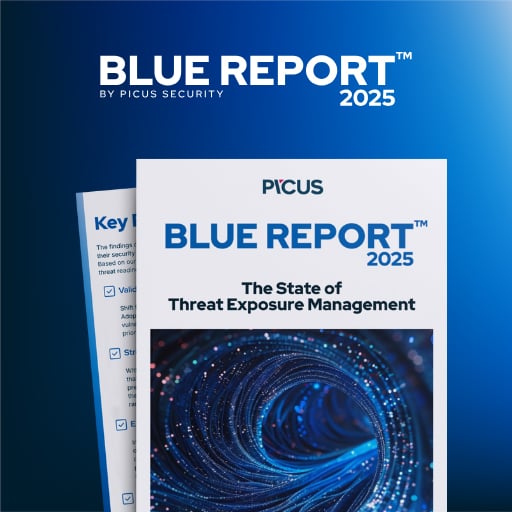Microsoft is resolving a known issue that causes “couldn’t connect” errors when launching the Microsoft Teams desktop and web applications.
The company states that the error is caused by a recent change to Teams’ sidebar, but has yet to disclose which regions are affected by this ongoing issue.
While Microsoft has yet to share more information on the extent of this issue, it has tagged it as an advisory, which typically indicates that the problem might be limited in scope or intermittent.
“Affected users see an error that ‘We couldn’t connect to this app.’ when launching the Microsoft Teams desktop and web app. Your organization is impacted by this event, and the problem impacts users launching the Microsoft Teams desktop and web apps,” the company says in a recent Microsoft 365 admin center service alert.
“A recent change, intended to improve the left sidebar in Microsoft Teams, enabled an unoptimized code flow that’s causing an error to be generated when launching the Microsoft Teams desktop and web app.
Microsoft has already started rolling out a fix that has reached 25% of affected customers and is expected to address the impact for all impacted organizations by Thursday.
“Our fix has completed approximately 25 percent of the necessary deployment, and our updated timeline expects for it to have completed and for impact to be remediated by our next scheduled communication update,” Redmond added.
The company provides a temporary workaround until the fix rolls out to all impacted users, advising them to bypass the error message and launch the Teams app by clicking the “Activity” or “Chat” buttons on the left side of the screen.
Redmond mitigated another outage in March that affected Teams users, impacting auto-attendant and call queues and triggering call failures.
Last week, it also revealed that it’s enhancing protection against malicious URLs and dangerous file types in Teams chats and channels, a feature that will roll out worldwide next month.
Microsoft Teams is also getting an allow/block list to help security administrators block incoming communications from blocked domains, as a defense against social-engineering attacks targeting customers’ employees via Teams chats, channels, meetings, and calls.
